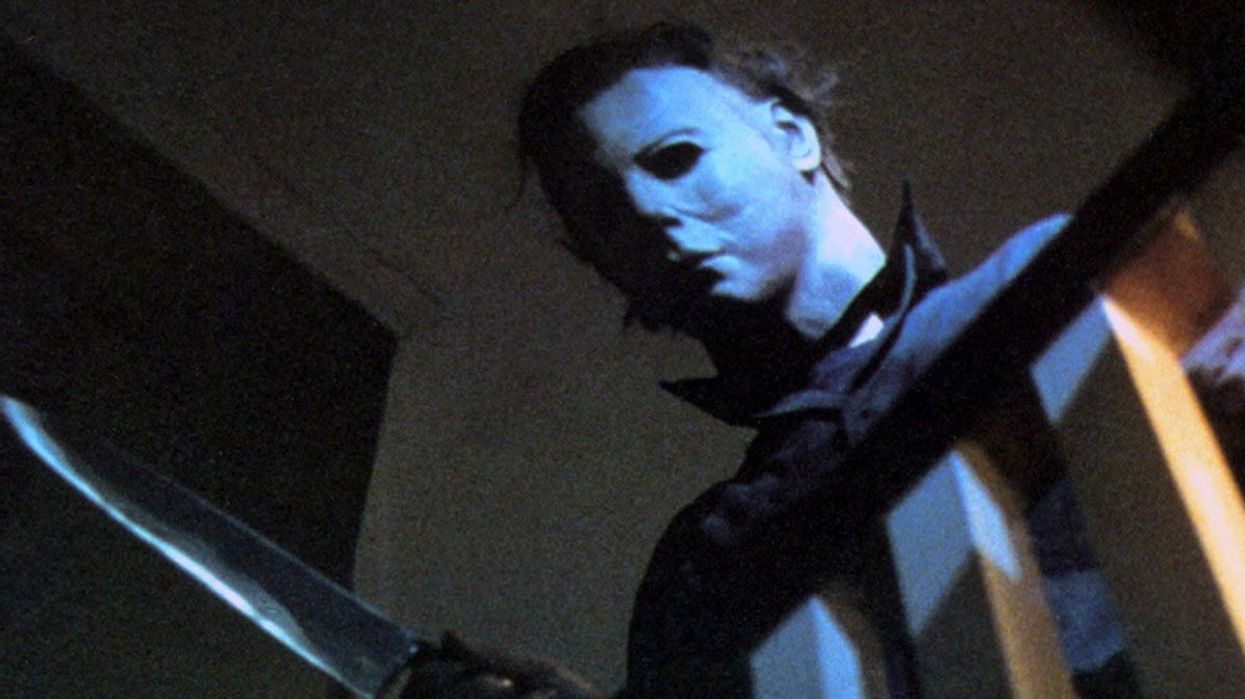How 'Halloween' Became a Horror Classic
Here's how the groundbreaking 'Halloween' kicked off a golden age of slasher movies.

In 1978, John Carpenter changed the horror genre forevermore with a $300,000 film. With Halloween,the director created a veritable formula for horror films as we know them—and a cultural phenomenon that would outpace its panned seven sequels and two reboot franchises.
A new video essay from Fandor's Jacob T. Swinney investigates Halloween's enduring legacy, from its iconic musical score to its overall achievement in plot simplicity.
In the video essay, we learn that Carpenter himself wrote the Halloween score—one of the most memorable film compositions of all time—in a single hour—after a studio executive complained that the film wasn't scary enough. Part of what lends the score its disquieting tonality is the fact that it was written in 5:4 rather than the standard 4:4, which means that we are hearing an extra beat every measure. To increase the anxiety-inducing effect, Carpenter wrote each 5th beat in a Minor 6th interval.
The score's simplicity underscores the film's overall straightforward, pared-down narrative approach. Carpenter gives the audience little else to focus on than the terror of being stalked.
Perhaps most impressive, however, are the innovative leaps that Carpenter and DP Dean Cundy made with the film's cinematography. The use of unadorned long takes traps the audience into a claustrophobic subjectivity, rendering the reveals even more horrifying. On the flip side, POV shots from the killer's perspective—most famously, through the eyes of the mask—force the audience into a position we desperately want to escape.
Source: Fandor











